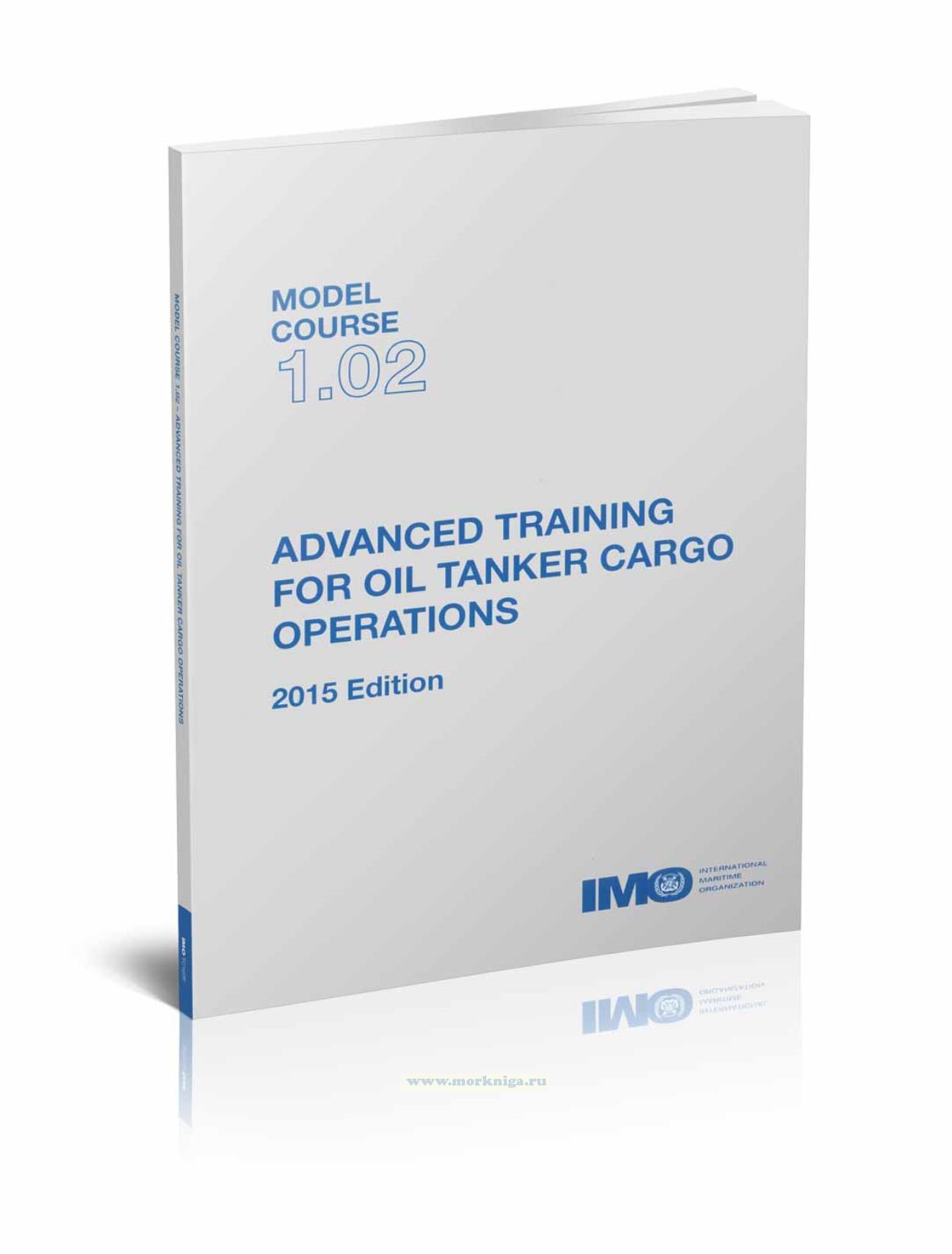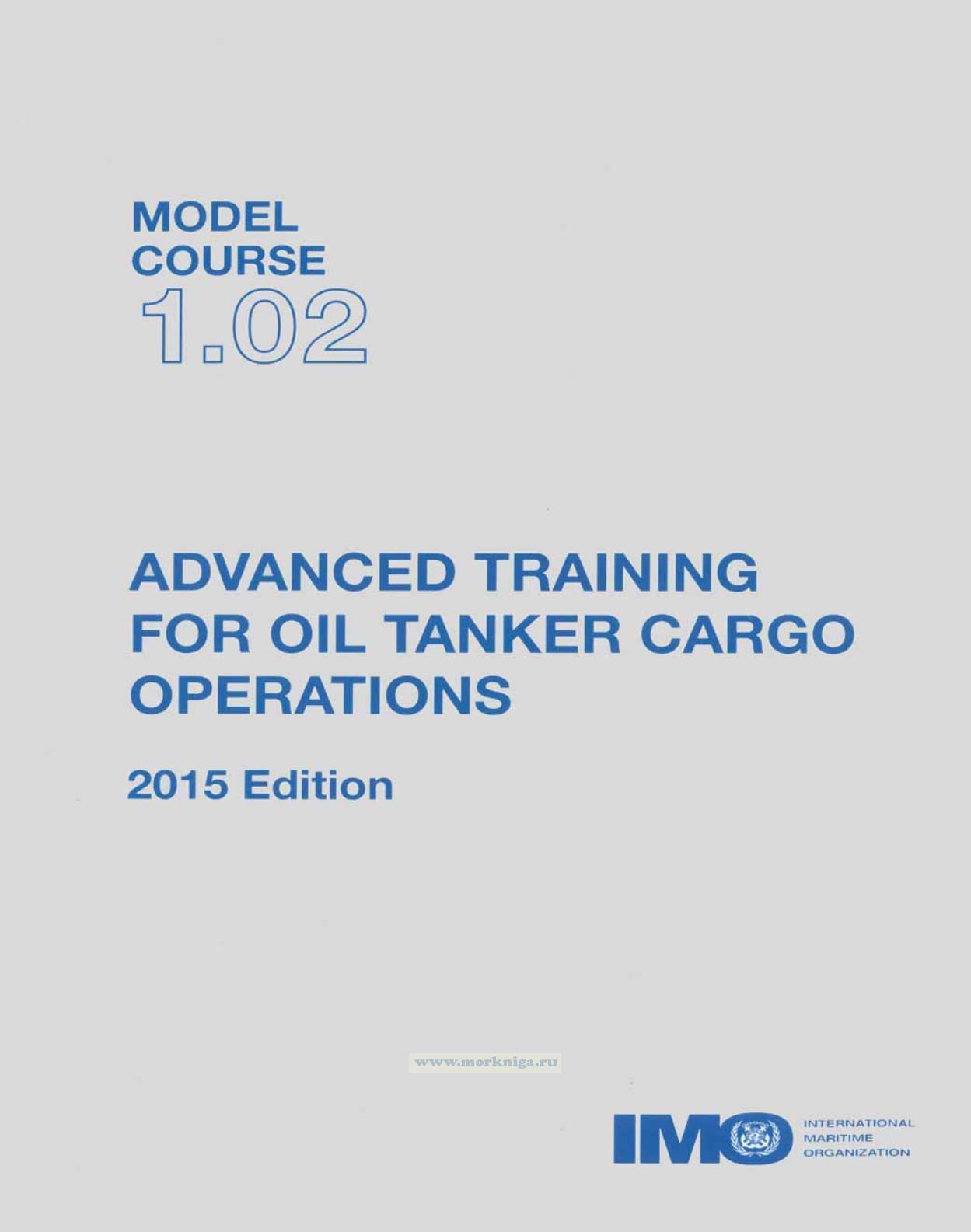Advanced training for oil tanker cargo operations. Model course 1.02. 2015 Edition
-
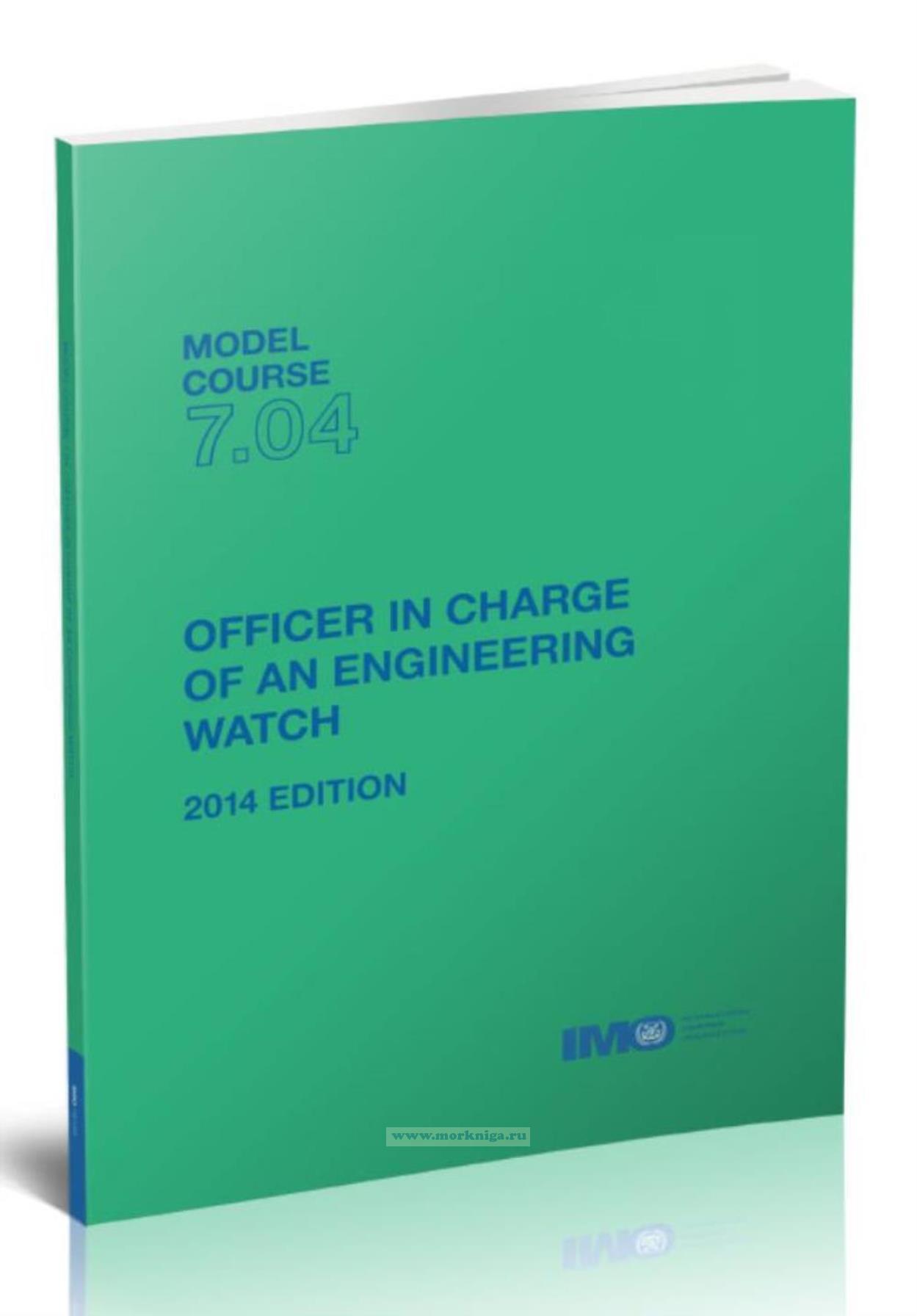 Officer in charge of an engineering watch. Model course 7.04
Officer in charge of an engineering watch. Model course 7.04
-
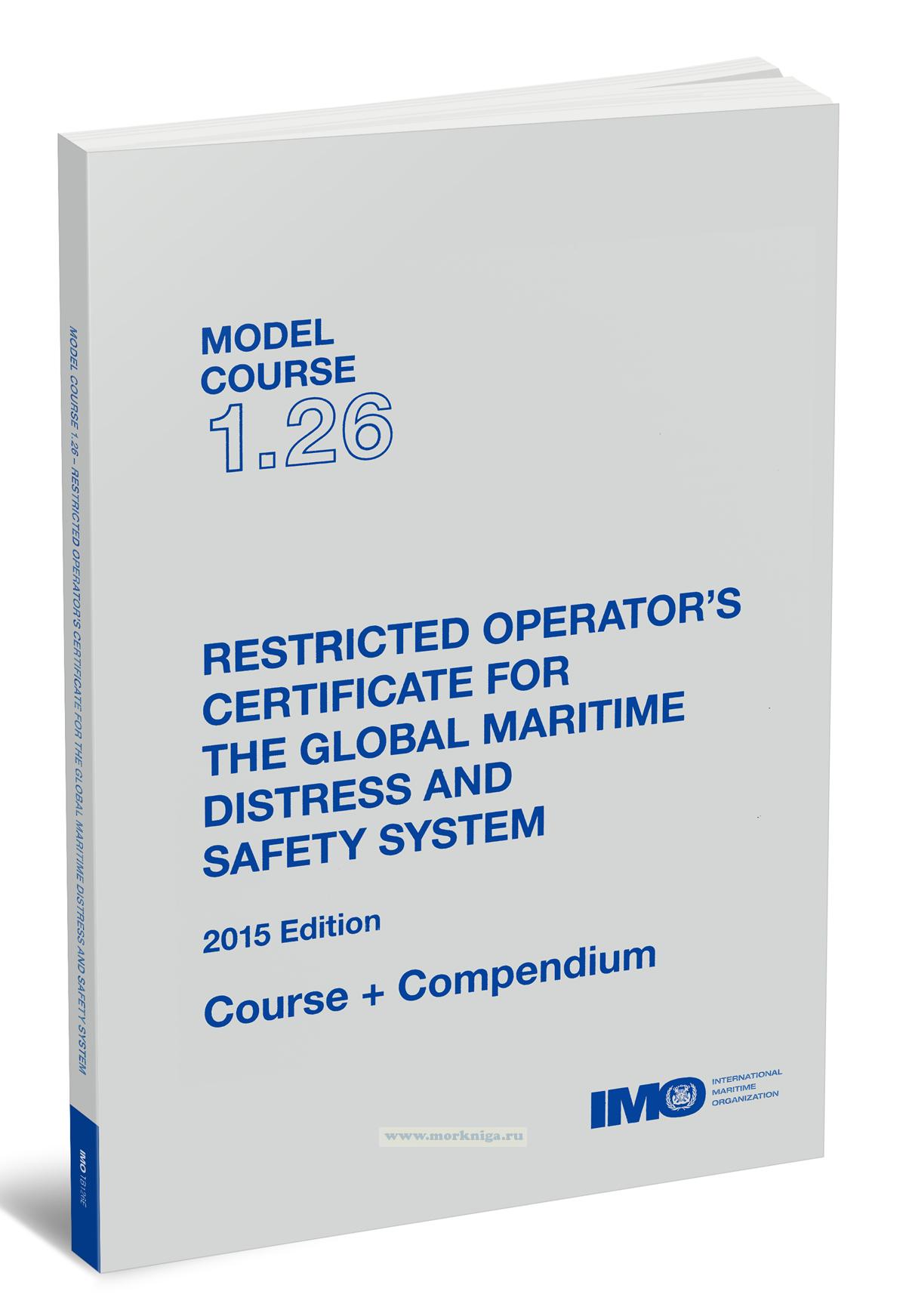 Restricted operators certificate for the global maritime distress and safety system. Model course 1.26. 2015 Edition
Restricted operators certificate for the global maritime distress and safety system. Model course 1.26. 2015 Edition
-
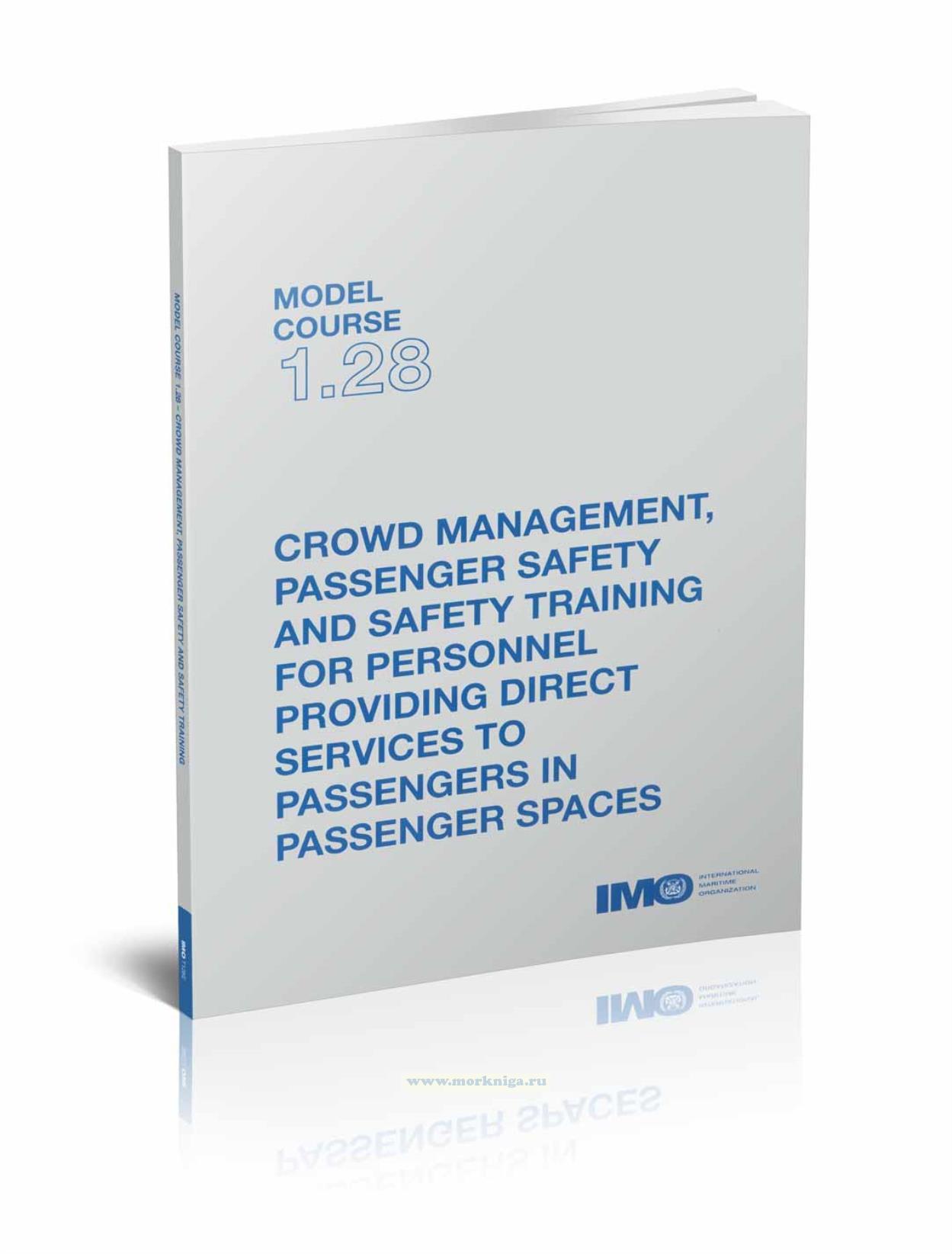 Crowd management, passenger safety and safety training for personnel providing direct services to passengers in passenger spaces. Model course 1.28
Crowd management, passenger safety and safety training for personnel providing direct services to passengers in passenger spaces. Model course 1.28
The purpose of the IMO model course is to assist maritime training institutes and their teaching staff in organizing and introducing new training courses or in enhancing, updating or supplementing existing training material where the quality and effectiveness of the training courses may thereby be improved. The purpose is also to enhance the capabilities of shipboard personnel who sail on specialized carriers such as an oil tanker. It is not the intention of the course to compartmentalize the trainee's way of thinking in terms of tanker operation. The idea is to make him/her aware of the specialization of operations specific to an oil tanker and sensitize him/her towards the responsibilities that s/he will face on such a vessel.
By successfully completing this course the masters, officers and others on board oil tankers who are intending to have immediate responsibilities for the cargo handling in port and care in transit will fulfil one of the mandatory minimum requirements of regulation V/1-1 paragraph 3 of STCW Convention and Code, as amended.
The coverage of the model course is wide in scope and includes oil tanker safety, fire safety measures and systems, prevention and control of pollution, operational practice and obligations under applicable laws and regulations, thereby covering all training necessary to apply the provisions of Annex I of MARPOL as amended. In addition, the course covers the managerial aspects on board including a section on risk assessment and safety management, as well as contingency planning in line with the ISM Code.
Содержание:
Contents
Introduction
Purpose of the model courses
Use of the model course
Aims
Lesson plans
Presentation
Implementation
Part A: Course Framework
Scope
Objective
Entry standards
Course certificate
Course intake limitations
Staff requirements
Teaching facilities and equipment
Use of simulators
Design
Teaching aids (A)
1MO references (R)
Textbooks (T)
Bibliography (B)
Videos - DVDs, CDs, CBTs (V)
Part B: Course Outline and Timetable
Lectures
Course Outline
Part C: Detailed Teaching Syllabus
Introduction
Part D: Instructor Manual
Introduction
Guidance Notes
Appendix 1: Appended Diagrams
Appendix 2: Exercises
Appendix 3: Case Studies
Part E: Evaluation
Initial/Diagnostic assessment
Formative assessment
Purpose of formative assessment
Summative assessment
Purpose of summative assessment
Evaluation for quality assurance
Purpose of assessment with respect to quality assurance
Assessment planning
Validity
Reliability
STCW Code as amended in 2010
Evaluation of competence
Multiple choice questions
Compiling tests
Quality of test items
Advantages and disadvantages of oral and practical tests
Guidance on the implementation of IMO model courses
